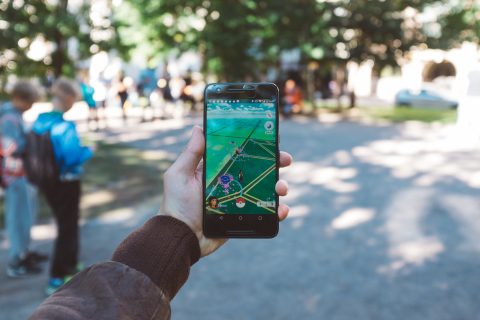Students on the Up Learn platform have answered over three million quiz questions and watched millions and millions of minutes of videos. We have managed to combine insights from the Up Learn platform with conversations we have had with thousands of students. The result is that there have been three clear strategies that have led to students engaging more in their studies, and thus learning more and performing better in assessments.
Strategy 1: Utilise relatable, real-world examples to help with elaborative encoding
Using relatable, real-world examples has numerous benefits for both students and teachers. Firstly, examples make explaining and understanding complex and abstract topics easier and more effective – topics can be related to tangible, everyday situations and scenarios. Secondly, students will understand the applicability of a subject that they are learning. For example, moments (mechanics and physics) become more useful in students’ minds if they understand that they are used to organise passengers to balance an aircraft. Finally, and most importantly, it enables students to subconsciously apply elaborative encoding (the process of linking topics to one’s memories), a technique that studies have shown to be highly effective at enhancing recall.
Action: Think of one real-world example for each topic you explain
Strategy 2: Making learning interactive via retrieval practice/testing
Interactive learning helps to keep students engaged. However, this can sometimes be difficult to implement when group-work is not practical. The solution is to regularly ask students questions and set exercises and tests so that they do not lose focus. This has additional benefits, such as providing students with real-time feedback on what they do and do not understand.
Action: Ensure that you set several exercises for students to complete/ask questions to at least five different students in lessons
Strategy 3: Removing distractions
Students regularly struggle with being productive outside of the classroom. They regularly mention social media and mobile notifications as big blockers. It is not easy to remove these distractions, but the right mindset can go a long way. Encourage students to find a dedicated “workspace” so that they can switch into learning mode, and, if teaching remote lessons, ensure students switch on video so that they feel pressured not to get distracted. Equally, consider reducing the duration of lessons to ensure that students can have breaks from screens and remain focused for teaching.
Action: Make sure that every student has their phone turned off and placed out of sight/consider shortening lessons if taught via video


